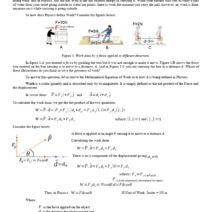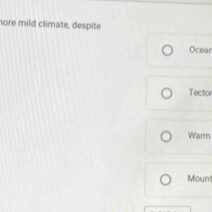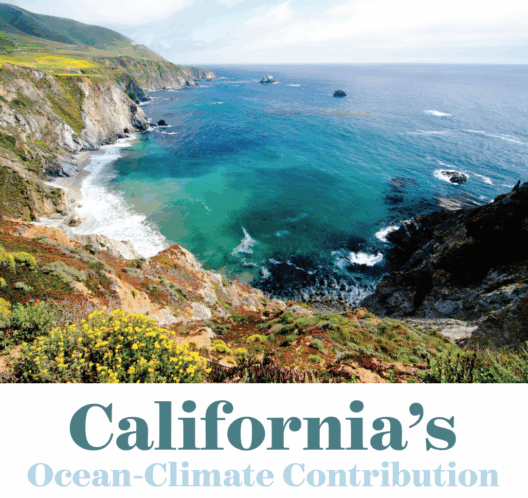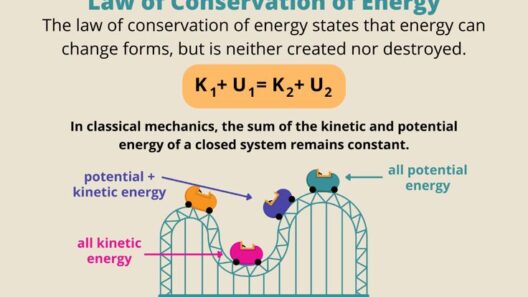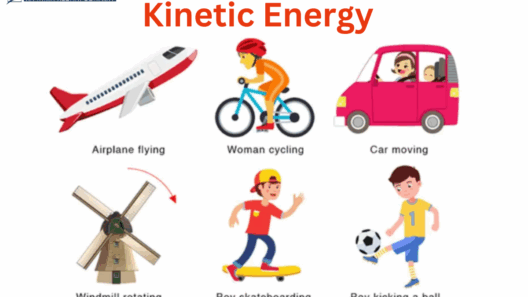Transportation is an integral component of modern life, impacting not just individual convenience but also the global environment. The energy consumed in transportation is a major contributor to greenhouse gas emissions, thus exacerbating climate change. Conserving energy in our transportation habits, whether through public transit, biking, walking, or vehicle efficiency improvements, is paramount for reducing our ecological footprint. This discussion explores various strategies for energy conservation within daily activities through transportation choices.
At the core of energy conservation in transportation lies the importance of walking. For short distances, opting for walking not only conserves energy but also enhances personal health and reduces traffic congestion. Walking is a zero-emission mode of transport, making it the most environmentally benign choice available. Moreover, urban design plays a crucial role in facilitating pedestrian travel. Cities that prioritize sidewalks, crosswalks, and safe walking paths not only promote health but also encourage people to leave their cars behind.
Alongside walking, cycling presents another formidable alternative. Bicycles are an efficient mode of transport that requires minimal energy input relative to the distance covered. They emit no harmful pollutants and reduce the reliance on fossil fuels. Communities can enhance cycling by improving infrastructure, such as dedicated bike lanes and secure parking facilities. Furthermore, local governments can implement bike-sharing programs to provide accessible cycling options, stimulating an overall shift toward sustainable transportation.
Public transportation serves as a vital pillar in energy conservation efforts. Buses, trains, and subways can transport numerous individuals simultaneously, drastically reducing the per capita energy consumption compared to individualized car travel. When more people utilize public transit, it leads to fewer vehicles on the road, subsequently alleviating traffic congestion and lowering emissions. Investing in efficient public transit systems is crucial; modernizing fleets with cleaner technologies and ensuring timely service can make public transport a more attractive option for commuters.
Carpooling is another pragmatic approach to achieve substantial energy savings in transportation. By sharing rides, individuals can split fuel costs and diminish the number of vehicles on the road. Carpooling not only cuts down on emissions but fosters social interaction, thereby creating a sense of community among participants. Employers can enhance carpooling initiatives by providing incentives such as preferential parking for carpool vehicles or organizing carpooling networks within the workplace.
For long-distance travel, fuel-efficient vehicles represent a sound investment. Hybrid and electric cars are revolutionizing the way we view personal transportation, dramatically reducing reliance on fossil fuels and contributing to lower emissions. Governments worldwide are incentivizing the transition to greener vehicles through tax credits, rebates, and support for charging infrastructure. As battery technologies advance, the sustainability of electric vehicles continues to improve, making this an attractive option for eco-conscious drivers.
Moreover, adopting eco-friendly driving practices can yield significant energy savings. Practicing smooth acceleration and deceleration, maintaining optimal speeds, and regularly maintaining vehicles contribute to better fuel efficiency. Emptying the trunk and removing unnecessary weight enhances the vehicle’s aerodynamic performance, potentially improving mileage. By cultivating mindful driving habits, individuals can extend the life of their vehicles while simultaneously lowering their carbon impact.
Incorporating renewable energy sources into our transportation systems serves as a long-term solution to fossil fuel dependency. Infrastructure for electric vehicle charging powered by solar or wind energy exemplifies the marriage of clean energy with efficient transportation. Furthermore, biofuels derived from organic materials may reduce the carbon footprint of traditional internal combustion engines. Transitioning to these sustainable energy sources requires collaboration among governments, private sectors, and the public.
Integrating transportation planning with land-use policy is foundational in cultivating energy conservation. Urban sprawl often leads to dependency on personal vehicles as public services become sparse. Fostering mixed-use developments that integrate residential, commercial, and recreational spaces reduces the need for long-distance travel. This approach champions a lifestyle of accessibility, enabling individuals to meet their daily needs within a shorter radius while promoting environmental stewardship.
Employing the “10-minute walk” concept can also revolutionize community planning. By ensuring that essential amenities are within a 10-minute walk, residents are more likely to opt for walking or cycling rather than driving. This not only conserves energy but enhances local economies by increasing foot traffic to shops and services. Furthermore, it fosters vibrant communities, encouraging neighborly interactions, and a shared commitment to sustainability.
Ultimately, every individual has a role to play in energy conservation related to transportation. Engaging in informed discussions, supporting public policies that promote sustainable transportation, and actively participating in community initiatives can propel meaningful change. Educational programs about the environmental impact of transportation can cultivate future generations who prioritize sustainability.
In conclusion, the path to effective energy conservation in transportation lies in a multifaceted approach. Walking, cycling, utilizing public transportation, carpooling, and adopting fuel-efficient vehicles are essential strategies. Increased awareness, supportive infrastructure, and dynamic urban planning are equally imperative. The collective effort to conserve energy within our daily transportation choices can lead to significant environmental benefits while fostering healthy lifestyles and resilient communities.
